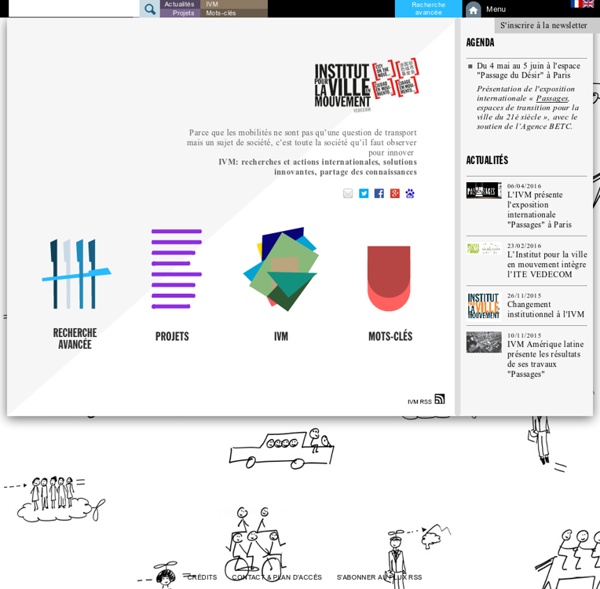



CRESS Midi-Pyrénées : Chambre d'Economie Sociale et Solidaire Ladders of participation To design for/with a community means participation, and Open Peer-to-Peer dynamics represent a very strong form of participation, an active one, where the people produces and shares knowledge in order to solve a problem. An Open Peer-to-Peer kind of participation is a recent phenomenon, so it could be very interesting to take a look at how participation has been considered through the years. And here I’m going to talk about a specific way to analyse and classify participation, regarding it as a ladder. The first ladder of participation came fron an article written by Sherry Arnstein in 1969 (Arnstein, Sherry R. Why use a ladder? After this one, other ladders of participation have been described: for example theLadder of Children’s Participation (also called the Ladder of Youth Participation), from (1997) Roger Hart, Children’s Participation: The Theory And Practice Of Involving Young Citizens In Community Development And Environmental Care, UNICEF: (Here and here in Spanish )
Site du GART - Groupement des Autorités Responsables des Transports Groupe Chronos O'Reilly Radar - Insight, analysis, and research about emerging technologies Les Cafés Géographiques Underneath the Arches : developing a relational theatre practice in response to a specific cultural site - Glasgow Theses Service Overend, David (2011) Underneath the Arches : developing a relational theatre practice in response to a specific cultural site. PhD thesis, University of Glasgow. Full text available as: This thesis applies Nicolas Bourriaud’s concept of ‘relational aesthetics’ to the development of site-specific theatre practice. Focussing on the Arches arts centre in Glasgow, the aim is to suggest ways in which a performance aesthetic can be developed that uses, makes evident and contributes to what Bourriaud describes as the ‘space of relations’ that exists within every site. Employing a practice-as-research methodology in order to develop a ‘relational theatre practice’, the performances that comprise half of this thesis aim to respond to and generate relationships not only between theatre and its ‘audience’, but through a sensitivity to site as historically, geographically, culturally and socially located.
OMNIL - Observatoire de la mobilité en IDF Laboratoire Ville Mobilité Transport En 2011, quelques chercheurs du LVMT ont lancé des ateliers dont l’objectif consiste avant tout à permettre des échanges entre les chercheurs du LVMT et du site, sur la manière dont la question posée les interpelle, et sur la façon dont ils l’abordent dans leur travaux respectifs. La présentation de travaux aboutis n’est pas l’option retenue pour ces ateliers Atelier transversal "localisation et mobilité" -Animateurs : Anne Aguiléra et Laurent Terral Première séance 17 juin 2011 : "localisations et entreprises". Invité : Ludovic Halbert, chercheur au Latts Atelier "accessibilité" - Animateur : Olivier Bonin Première séance le 29 avril 2011. Les thèmes abordés (liste non limitative) : accessibilité comment ? accessibilité avantage ou inconvénient ? comment modifier l’accessibilité ? impact des spécificités géographiques et infrastructures nationales sur l’accessibilité impact du caractère de ville nouvelle ?
Parc National des Pyrénées